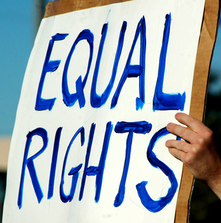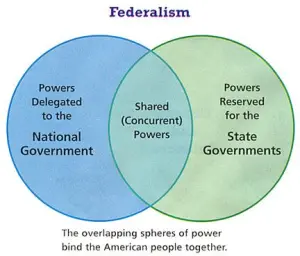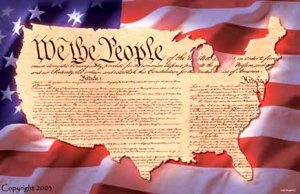
Why do we study government? A study of government usually brings a collective “ugh” from most students. They have had many civics lessons since elementary school and they are sure they know enough to function in society or at least know where they can find the facts necessary to answer a question.
As Americans prepared to pick the next president of the United States, a survey found that one out of three U.S. citizens failed the civics portion of the immigrant naturalization test. The survey of more than 1,000 voting-age Americans asked respondents 10 random questions from the United States Citizenship and Immigration Services civics exam, which is administered as part of the immigration process, and found that 35 percent answered five or less questions correctly. More than 97 percent of immigrants applying for citizenship pass the test.
Native-born citizens scored best on questions related to history and geography and struggled most with questions about the function of government, specifically on questions about the Constitution and those that asked to identify current policy-makers. Other parts of the study show respondents were overwhelmingly confused about powers granted to the federal government and those granted to individual states.
Here are some questions that gave respondents the most trouble:
85 percent could not define “the rule of law.”
75 percent did not know function of the judicial branch.
71 percent were unable to identify the Constitution as the “supreme law of the land.”
63 percent could not name one of their state’s Senators.
62 percent did not know the name the Speaker of the U.S. House of Representatives.
62 percent could not identify the Governor of their state.
57 percent could not define an “amendment.”
We study government to become informed voters, to understand our Constitutional rights, to know our responsibilities under the law and to think about how processes can be improved to benefit society.
![]()
Summer Assignment:
1) Completed in your notebook: Chapters 1-5 Reading notes, Constitution Packet (glued or taped into notebook), Current Events entry for July 25-29, Current Events entry for August 1-5, & Current Events entry for August 8-12
Homework:
1) Current Events entry for August 15-19
2) Current Events entry for August 22-26
3) Current Events entry for August 29 – September 2
4) Chapters 1-5 Test on Thursday 9/8.
![]()
Filed under: HGov, why study government | Leave a comment »










